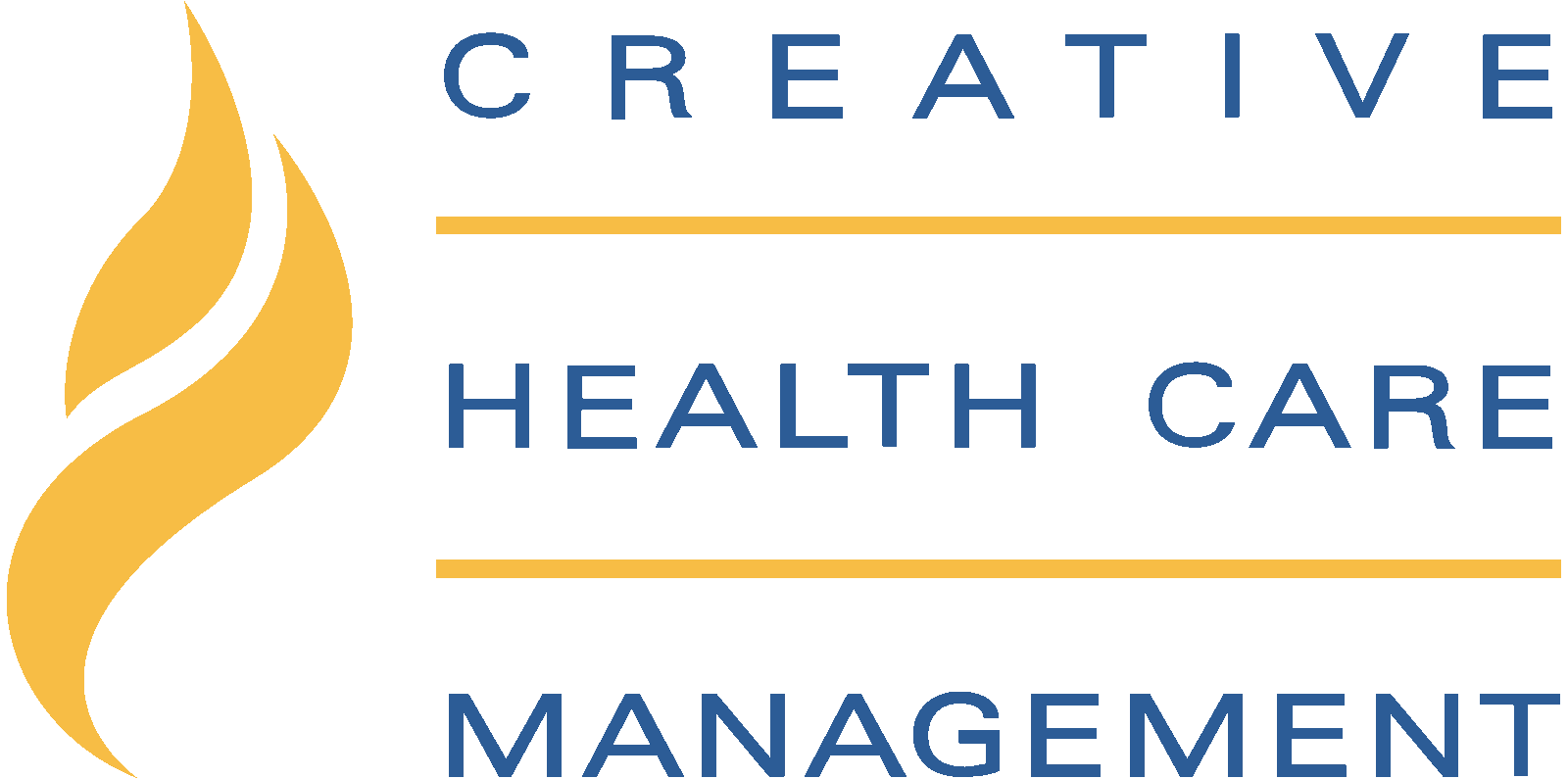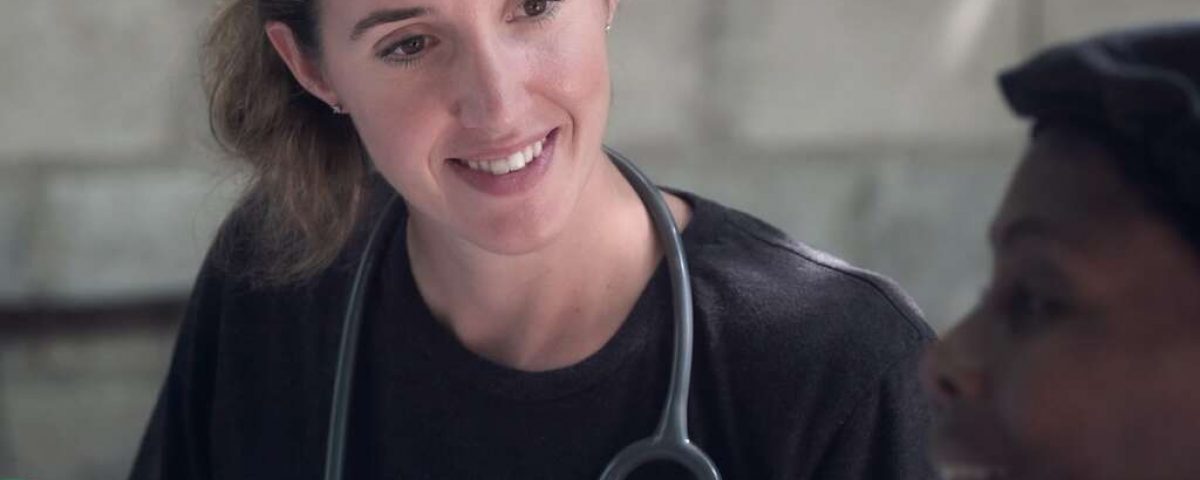The healthcare industry is rapidly evolving and nurses must continuously update their knowledge and skills to keep up with the latest evidence-based practices. It is an important part of providing high-quality, safe patient care.
Every day, healthcare professionals are conducting research to continuously update treatments and recommendations. This new evidence is what we call “best practice.” When this best practice is integrated into patient care, it becomes evidence based practice (EBP).
As a nurse, you are expected to provide care based on the best available evidence based practice in nursing. This can be a challenge because there is a lot of new knowledge out there and it can be difficult to keep up with the latest nursing research.
That’s why it’s important to have a solid understanding of evidence based practice in nursing and learn how to find and use the best treatment when caring for your patients.
What Is Evidence Based Practice?

The term evidence based practice means using the best available evidence to make decisions about patient care. It is a problem-solving approach that starts with identifying a patient problem or need, then searching for the best evidence to inform the solution. The EBP process and goal is to provide high-quality, safe patient care based on the latest scientific evidence.
Evidence based practice or approach was first developed in the field of medicine
The evidence based practice or approach was first developed in the field of medicine but is now being applied to nursing practice and other health care disciplines. EBP is now considered the gold standard for clinical nursing practice decision-making, as it ensures that patients receive the best possible care based on the latest scientific evidence.
Unlike before, when clinical decisions were based on tradition, personal experience, or hunches, evidence based practices rely on a systematic and rigorous evaluation of the available empirical data. This ensures that patients receive care that is supported by scientific evidence, rather than opinions or guesses.
As such, evidence based practice requires that clinicians be up-to-date on the latest studies and protocols, be able to critically appraise nursing research evidence, have the skills to implement evidence-based nursing interventions, and monitor patients’ responses to these interventions.
Furthermore, evidence based practice is not a static process — as new evidence emerges, clinical practice should change accordingly. This means that evidence based practices are an ongoing journey, not a destination.
What Does EBP in Nursing Practice Look Like?
EBP in nursing practice can take many different forms. It may involve using nursing research findings to choose the most effective interventions for a particular patient population or individualizing care based on a patient’s unique needs and preferences. Evidence based nursing may also involve developing new protocols and procedures based on the latest studies, or modifying existing ones.
Whatever form it takes, EBP is grounded in a systematic and rigorous process of inquiry. This process begins with asking a question about a real-world clinical problem. The next step is to search for the best available evidence to answer that question.
Evidence Must be Critically Appraised
Once the evidence has been gathered, it must be critically appraised to determine its quality and applicability to the clinical situation at hand. Finally, the evidence is integrated with clinical expertise and patient values to make a decision about what course of action to take.
What Are the Components of EBP?
These are the components of EBP that you should remember:
Best External Evidence
The best external evidence is the highest quality nursing research that is available on a topic. This type of healthcare research is conducted by experts in the field and uses rigorous methodology. It is generally published in peer-reviewed journals.
Medical practitioners need to be able to critically appraise nursing research in order to determine its quality and applicability to clinical practice. There are a number of tools available to help with this process, such as databases that provide high-quality reviews of healthcare interventions.
Individual Clinical Expertise
A nurse’s clinical experience or expertise includes both formal nursing education and the clinical knowledge gained from experience. This is the nursing art, which complements the nursing science aspect of learning.
It’s a crucial component of EBP, because without it, nurses would be unable to accurately assess a patient’s individual needs and make sound clinical decisions. It’s a blend of both intuition and logic gleaned from nursing education.
Patient Values and Expectations
The patient’s values and expectations also come into play in forming the decision about which intervention to choose. These must be considered alongside the best evidence available in order to make a decision that is right for the patient. The patient’s values may conflict with the best evidence, and this is something that needs to be discussed with them.
For example, a patient may value their privacy above all else and not want to share information about their health with anyone else, even their nurse. In this case, the nurse would need to respect the patient’s wishes and look for other ways to gather information about their condition.
Personal beliefs can also play a role in decision-making. A patient may believe that a certain intervention is the only way to fix their problem, regardless of what the evidence says. In this case, it is important to have a discussion with the patient about their options and help them to understand why other interventions may be more effective.
What Types of Research Are Used in EBP?
Empirical evidence is the cornerstone of evidence based practice in nursing. Empirical evidence is gathered through nursing research. The two main types of research are quantitative and qualitative.
Both quantitative and qualitative research are used to generate evidence for EBP. Each has its own strengths and weaknesses, so it is important to use both when developing an EBP project.
Quantitative research uses numerical data to answer questions about relationships between variables. This type of research is often used to test hypotheses. It is important to note that quantitative research can only answer certain types of questions. For example, it cannot be used to explore why a certain phenomenon occurs.
Qualitative research uses non-numerical data to answer questions about people’s beliefs, experiences, and behaviors. This type of research is often used to understand the complexities of human behavior. It can be used to explore why a certain phenomenon occurs.
Both quantitative and qualitative research have their place in EBP. When used together, they can provide a more complete picture of a phenomenon under investigation.
Research or Evidence that are used for EBP in a nursing practice
Randomized Controlled Trials
The gold standard for an evidence based nursing practice is the randomized controlled trial (RCT). In this type of study, patients are randomly assigned to either a treatment group or a control group. The treatment group receives the intervention being studied, while the control group does not. This allows researchers to compare the outcomes of the two groups and determine whether the intervention was effective.
With this, the first step is to identify a problem or question that can be addressed through nursing research. Once a problem or question has been identified, the next step is to conduct a literature search to see what studies have already been conducted on the topic. From there, the best available evidence is synthesized and used to make clinical recommendations.
Cohort, Case-Control, or Observational Studies
Cohort studies, case-control studies, and observational studies are all types of research that can be used in evidence based practice in nursing.
Cohort studies follow a group of people over time to see how their exposures (to a certain treatment or factor) affect their outcomes. For example, researchers might track a group of new nurses over several years to see how working night shifts affects their health.
Case-control studies compare people who have a certain disease or outcome (cases) with people who do not have the disease or outcome (controls). Researchers look at the cases and controls to see what exposure they have had in common. For example, a case-control study might compare nurses who develop carpal tunnel syndrome with nurses who do not develop carpal tunnel syndrome to see if there is a difference in their past exposure to repetitive motions.
Observational studies observe people in their natural environment without changing anything about their exposure. For example, researchers might observe new nurses for a year to see how often they experience burnout.
These studies all have different strengths and weaknesses, but they can all be used to generate evidence for EBP in nursing practice, depending on the question being asked.
Expert Opinions
One type of research that can be used in EBP is expert opinion. This includes reviews of the literature by experts in the field, as well as clinical experience and guidelines from professional organizations.
While this type of research can be useful, it should not be the only source of information used when making decisions about patient care. This is because:
- Experts may have biases that can influence their opinions
- New evidence may be published that changes the recommendations of experts
- Clinical experience is variable and may not be generalizable to all patients
As such, it is important to use multiple sources of evidence when making decisions about patient care. This can help to ensure that the best possible care is provided to patients.
Personal Experience
Personal experience is not as formal as scientific research, but it can be just as powerful. When you reflect on your own clinical practice, you are constantly evaluating what works and what doesn’t. This type of “research” can be extremely helpful in informing your EBP.
As mentioned, a nurse’s clinical expertise plays a vital role in providing quality patient care. In addition to this, nurses must also be able to critically appraise research and translate evidence in order to apply the best evidence to their practice.
Your unique personal experience while working in the field of nursing is a valuable resource that can help you identify potential areas of improvement in your practice. You can provide the best patient care possible by keeping up to date with the latest evidence and using it to inform your practice.
What Are the Key Elements of Evaluating EBP Research Studies?

The key elements of evaluating EBP research studies are validity, reliability, relevance, and outcomes.
Validity
The first and most important element to consider when evaluating evidence based practice (EBP) research studies is validity. In order for a study to be valid, it must be well-designed, with all potential sources of error taken into account.
There are three main types of validity: internal, external, and construct. Internal validity refers to how well the study was designed and executed, while external validity looks at how well the results can be generalized to other populations. Construct validity assesses how well the study measures what it set out to measure.
It is important to consider all three types of validity when critically appraising a study, as each can impact the overall conclusions that can be drawn from the research.
Reliability
Reliability is important in any nursing research study, but it is critical when the studies are being used to support clinical decision-making. If a study cannot be replicated, then its findings cannot be trusted. The most reliable evidence comes from studies that use large samples and randomized controlled trials. By doing so, you can be confident that the results are not due to chance or other factors.
Relevance
Consider if the study is relevant to your practice. This will help you determine whether the results of the study can be applied to your specific patient population, clinical setting, and/or personal nursing practice.
A few questions to ask yourself when considering relevance are:
- Is the nursing research question framed in a way that is applicable to my practice?
- Do the participants in the study resemble my patients in terms of demographics, health status, etc?
- Will the results of the study be able to be applied to my clinical setting?
If you determine that a study is not relevant to your practice, you can move on to the next step without spending time reading and critiquing the study.
Outcome
The outcome is what the researcher is trying to find out or measure. In order to be able to determine if a study’s results are valid, you need to know what the outcomes were that the study was designed to measure.
You have to be clear about the outcome in order to determine if the study’s results are valid and can be applied to your practice.
For example, a study might be looking at chronic obstructive pulmonary disease (COPD) and the different treatments available. The outcome would be how effective each treatment is at managing COPD, as well as any side effects experienced by patients.
However, there might also be other important outcomes, such as heart rate or side effects. These are called secondary outcomes and can give you additional information about the safety and effectiveness of the intervention being studied.
How Does EBP in Nursing Improve Patient Outcomes?
Boost Patient Autonomy
One of the main goals of evidence based practice in nursing is to enhance patient autonomy. This means that nurses should focus on providing information and resources to educate patients on how to make informed decisions about their care.
For example, patients who are able to make informed decisions about their treatment are more likely to adhere to their care plan. This can lead to improving patient outcomes physically, mentally, and emotionally.
Provide Individualized Patient Care
The first step in providing individualized patient care is to assess the patient’s current health status and needs. Once this information is gathered, the nurse can use evidence based practice guidelines to develop a plan of care that is specific to the patient’s needs and ensure patient safety, especially with infection control practices, such as wearing personal protective clothing.
This type of individualized care has been shown to improve patient outcomes by ensuring that each patient receives the care that is most appropriate for their unique situation.
Create Opportunities for Altering Care Methods
While on the course of improving patient health, nurses are constantly making decisions that will impact the patient’s health and well-being. Therefore, it is important that these decisions be well-informed so as to create the best possible outcome for patients.
EBP helps improve patient outcomes by providing opportunities to alter the method of care even during the course of treatment. This is made possible by the constantly updated body of evidence that EBP provides. When new nursing research emerges, nurses can use this to inform their decision-making and adapt their care methods accordingly.
How Does EBP Benefit Nurses?
Make Well-Informed Decisions
Evidence-based practice in nursing requires nurses to be able to access and appraise research evidence in order to make evidence based decision-making about care. It helps them to move away from making decisions based on intuition, personal experience, or tradition and instead to base their decisions on the best available evidence.
Boost Critical Thinking
Evidence based practice helps nurses boost their critical thinking skills. When making decisions about treatments, nurses need to be able to weigh up the evidence and evaluate research to make an informed decision. This process can help nurses and undergraduate nursing students to become better critical thinkers overall.
Encourage Lifelong Learning
As nurses or nursing students, you are constantly learning new things. You might be expanding your skill set by taking a course or two, or keeping up with the latest research in your field. Whatever the case may be, evidence based practice can help encourage and support your lifelong learning, from being an undergraduate nursing student to a seasoned professional.
How To Incorporate EBP in Your Clinical Practice
This is how you can bring evidence based practice into your organization to improve clinical practice:
Ask Questions
The first step to implementing evidence based practice is asking questions. When you encounter a clinical problem, ask yourself if there is research that could help inform your decision-making. As much as possible, involve other members of the healthcare team in this process — the more minds working on a problem, the better!
Research and Analyze Related Studies
Once you have a good understanding of the problem at hand, look for the latest research findings so you can start to incorporate them into your practice.
It is important to remember that not all nursing research findings are applicable to all patients. You must use your clinical judgment to determine which evidence-based interventions are most likely to be effective for your patient.
Apply Relevant Solutions
When looking for evidence based practice solutions, always consider:
- The type of study (randomized controlled trial, cohort study, case control study, etc.)
- The quality of the study (was it well-designed and conducted?)
- The applicability to your patient (does the study’s population match your patient?)
Then, you must weigh the benefits and risks as well as consider patient preferences to make the best decision for that patient.
Assess the Outcome
After you’ve decided to try a new intervention in your practice, it’s important to assess the outcome. This will help you determine whether or not the evidence based practice or intervention was successful and if it should be continued. When assessing the outcome, consider both quantitative data (like patient outcomes) and qualitative data (like staff satisfaction).
Working with Creative Health Care Management Nurse Leaders and Consultants
EBP in nursing practice is the process of making clinical decisions based on the best available and relevant evidence. It is a systematic approach that integrates the best evidence from nursing research, clinical expertise, and patient values and preferences.
Whether you’re a clinical nurse, a family nurse practitioner, or part of a team of critical care nurses or nursing instructors, Creative Health Care Management can help you and your team provide the best care possible for your individual patients and improve the healthcare system.
Evidence Based Knowledge
Evidence based knowledge and evidence based practice is a dynamic process, so always be open to new evidence that may change your current practice and improve the nursing profession overall. Doing so, healthcare organizations and nursing schools can position themselves as a leader in quality care, evidence based medicine, nursing management, and teaching evidence based practice.
References:
Abu-Baker, N.N., AbuAlrub, S., Obeidat, R.F. et al. Evidence-based practice beliefs and implementations: a cross-sectional study among undergraduate nursing students. BMC Nurs 20, 13 (2021).
Evidence-Based Practice: Types of Research
Titler MG. The Evidence for Evidence-Based Practice Implementation. In: Hughes RG, editor. Patient Safety and Quality: An Evidence-Based Handbook for Nurses. Rockville (MD): Agency for Healthcare Research and Quality (US); 2008 Apr. Chapter 7.
Stevens, K., (May 31, 2013) “The Impact of Evidence-Based Practice in Nursing and the Next Big Ideas” OJIN: The Online Journal of Issues in Nursing Vol. 18, No. 2, Manuscript 4.





